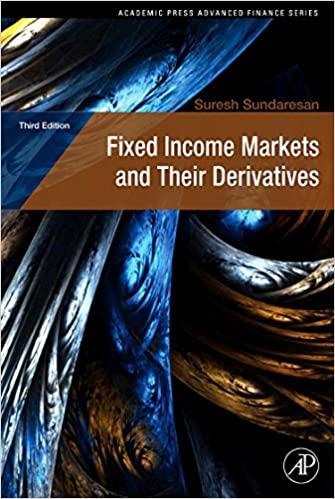Question
Bertaut and Haliassos (2002) propose an accountant-shopper model that can account for co-existence of high-interest credit card debt with substantial holdings of low-interest liquid assetsThis
Bertaut and Haliassos (2002) propose an accountant-shopper model that can account for co-existence of high-interest credit card debt with substantial holdings of low-interest liquid assetsThis framework splits each household into two units, which can either represent two distinct partners or two selves. In the case of a single person, it is a model of self-control, while in the other case it should be thought of as a model of partner-control. ..The accountant decides the size of payment into the credit card account each month, as well as the overall household portfolioThe shopper goes to stores, with credit card in hand, and determines household consumption. The shoppers self-control problem is manifested in greater impatience compared to the accountant and in more limited understanding of the process governing future payments into the credit card account, which are ultimately influenced by the evolution of household assets and debts. Faced with uncertainty about future payments, the shopper typically refrains from exhausting the entire credit card line but maintains a bufferEven under shopper behavior that is fully predictable by the accountant, it is optimal for the accountant to leave part of the credit card balance unpaid so as to restrain the shopper.
The article tries to come up with a framework to understand why some households have high liquid assets and simultaneously revolve credit card debt. There is an obvious opportunity cost associated with revolving credit card debt while having adequate funds to eliminate or minimize that debt. Although credit cards are used to smooth resources over time, research finds that some households intentionally revolve credit card debt as a form of self-control (as implied by the article above).
Discussion Questions
What are your thoughts on the accountant-shopper framework?
Is it rational to revolve credit card debt in order to limit spending, e.g. of your partner?
How do you think this framework impacts your case study assignment?
Do you feel the family in the case displays accountant-shopper tendencies?
Step by Step Solution
There are 3 Steps involved in it
Step: 1

Get Instant Access to Expert-Tailored Solutions
See step-by-step solutions with expert insights and AI powered tools for academic success
Step: 2

Step: 3

Ace Your Homework with AI
Get the answers you need in no time with our AI-driven, step-by-step assistance
Get Started


